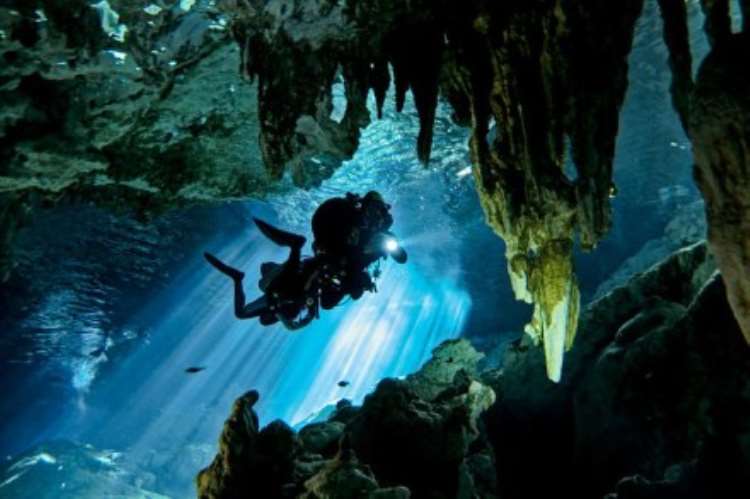Top Drive Destination - Scuba Diving in Panama

Known mostly for its canal, Panama is a small country in Central America, situated between the Pacific Ocean and the Caribbean Sea. The mountains, rain forests and the beautiful beaches make Panama a very popular tourist destination.
The country is also known as an adventure tourism destination. Coiba National Park, situated in the western part of Panama on the coast of the Pacific Ocean, is famous as a world class diving destination.
The Coiba Island, situated in the park, is often referred to as the Galapagos of America.
Why is it popular?
The CNP (Coiba National Park) is one of the largest marine parks in the world and has an area which is more than 2.701 square kilometers, including the island of Coiba and 38 smaller islands. The calm waters around these volcanic isles offer one of the best diving experiences in the world. The area is virtually a virgin territory for diving. The temperature of the surface water remains in the range of 80 to 85 °F. The ocean remains relatively calms and the tidal waves do not create a lot of problems for the divers. The typical average visibility is about 23 meters. All of these conditions make the park a Mecca for diving.
Even amateur divers will not find it difficult to enjoy the experience of diving in these islands. There are various diving schools which offer the tourists with the training required to enjoy the activity. They also offer experienced trainers and the equipment required to safely enjoy diving in the calm and serene waters of the Pacific Ocean. As there are many diving schools offering PADI courses, it will not be difficult to find an institute that can offer quality services.
Coiba National Park is also of great interest to the scientific community for its abundance of life and varied flora and fauna and land. It also has the largest coral reef in the eastern Pacific. Coral Reef found in the Coiba National Park is the result of geographic and geological activities. Panama's Coiba separated from the continental plates 12.000 to 18.000 years ago, isolating many endemic species of animals and plants. Coiba National Park (CNP) has the second largest coral reef in the region.
What can we see?
It has been identified that there are 760 species of marine fish, 33 species of sharks (white tip shark, hammerhead, tiger shark, bull shark, and shark guitar) and a wide variety of rays and whale species which are found in the sea in this area. From May to November is the period of humpback whales that give birth to their young in the warm waters of Panama (although the humpback whales can be spotted all the year round). Other marine mammals that can be observed are tropical whale, pilot whales, dolphins and orcas. The waters are covered with hard and soft corals and sponges which are inhabited by crabs, lobsters, seahorses, pipefish, antennal, turtles and other aquatic animals.
Best time to visit - the best time to enjoy the experience of diving in Panama is during the summer months of February to June. Experienced divers like to visit the country during the monsoon when the ocean is not so calm and diving can be quite difficult.
Accommodation - There are many resorts in the vicinity of the Coiba National Park and they offer luxurious accommodation to the guests. Most of these resorts also offer the guests with diving equipment, training and an instructor who can accompany the guests during their diving trips. Apart from diving, people also enjoy the experience to exploring the beautiful flora and fauna of the national park.